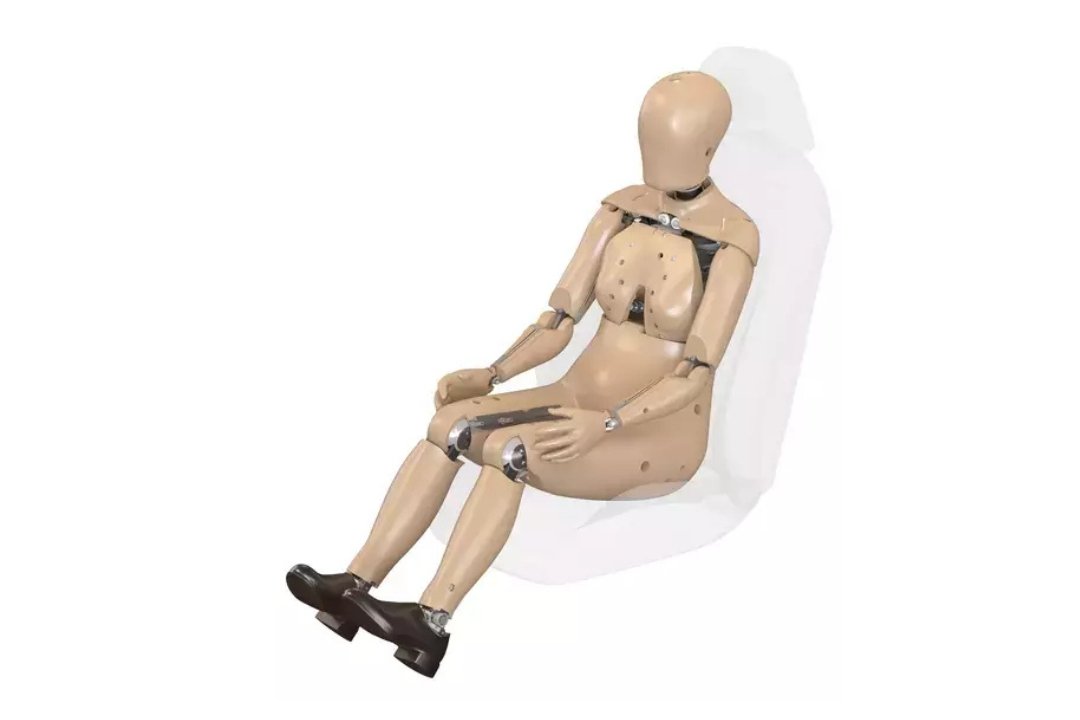Recently, there has been a growing global focus on improving women’s safety in public transit. This heightened awareness has spurred the creation and adoption of advanced technologies designed to bolster security and provide greater empowerment for female passengers.
Real-time Tracking and Alert Systems
Adopting real-time tracking and alert systems is a significant advancement in enhancing women’s safety in public transit. These systems feature mobile applications with GPS tracking capabilities, empowering passengers to quickly notify authorities or contacts in emergencies. This technology ensures prompt responses and provides peace of mind to users, fostering a safer commuting experience. Such innovations represent a critical step forward in addressing safety concerns and improving overall security measures in public transportation networks worldwide.
Surveillance and Monitoring Solutions
Transit agencies are progressively employing surveillance technologies to oversee public areas and vehicles. Utilizing high-definition cameras and sensors, these systems serve to prevent crime and gather evidence during incidents. This proactive approach not only boosts safety for commuters but also enhances the effectiveness of investigations. By leveraging advanced surveillance capabilities, authorities can maintain a vigilant watch over transit environments, ensuring a safer and more secure experience for all passengers. These technological measures represent a pivotal advancement in modernizing public transportation safety protocols to address evolving security challenges effectively.
Data Analytics for Predictive Safety
The integration of data analytics and predictive models has transformed safety approaches significantly. Through the analysis of patterns and historical data, transit authorities can pinpoint high-risk zones and times, allowing them to implement preemptive measures to prevent incidents. This proactive strategy not only enhances the overall safety of public transit systems but also optimizes resource allocation and operational efficiency. By leveraging predictive analytics, transit agencies can anticipate potential risks and deploy targeted interventions, thereby fostering a safer environment for commuters and staff alike. This marks a crucial advancement in enhancing security protocols within public transportation networks.
Community Engagement and Education
Beyond technological innovations, increasing public awareness and educating commuters about safety measures are essential components. Initiatives that inform passengers about existing security features and promote incident reporting play a vital role in fostering a secure transit environment. These campaigns not only empower passengers to take proactive steps for their safety but also contribute to building a culture of vigilance and accountability among commuters. By engaging the public through education and awareness, transit authorities can enhance overall safety standards and promote a collaborative effort towards ensuring a safe commuting experience for everyone.
Future Challenges
Despite progress, persistent challenges include privacy issues and the necessity for smooth integration of technologies. Future advancements may prioritize enhancing the user-friendliness of safety applications, extending coverage to underserved regions, and promoting cooperation among stakeholders. These developments aim to address existing gaps and further enhance the effectiveness of safety measures in public transit systems.
Conclusion
Innovative technologies are pivotal in revolutionizing women’s safety in public transit, providing effective tools to reduce risks and ensure secure commutes. As these technologies advance and integrate with broader safety strategies, they promise to foster safer and more inclusive environments for all transit passengers.











